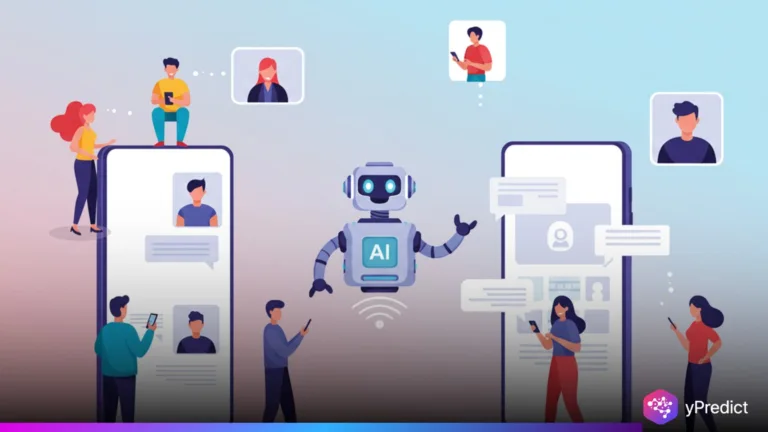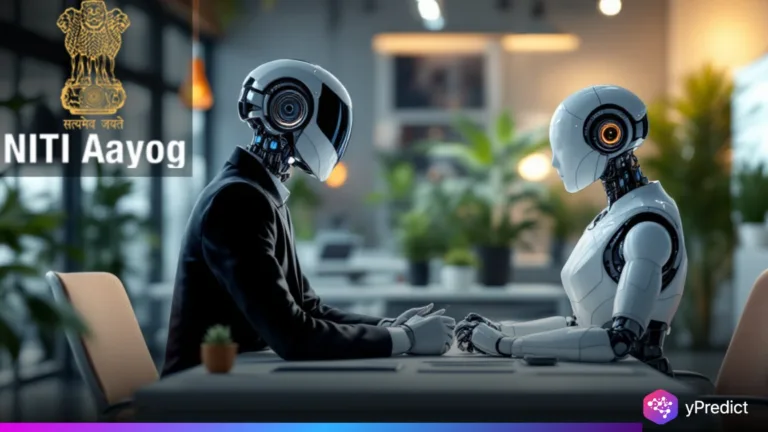
India has taken a significant step toward digital sovereignty by appointing Bengaluru-based AI startup Sarvam to build its first AI language model. This mission combines the capabilities of academia, government, and the expansive Indian IT sector to create an inclusive and multilingual AI system.
The project draws inspiration from technologies like ChatGPT and DeepSeek. With collaboration from IIT Madras and GPU-as-a-service providers, it aims to serve India’s diverse needs.
How Will India Build Its First AI Language Model?
The decision to develop a native AI language model signals a shift in India’s technological strategy. It reflects a commitment to advanced transformer-based systems. This system will serve agriculture, smart governance, weather forecasting, and other critical areas. The architecture must manage parameters while taking into account the great linguistic diversity and demographic complexity of India.
The field of artificial intelligence (AI) has changed dramatically since the term was first used in 1956, particularly in the last 15 years. Innovation has sped up, starting with static analytics and continuing with predictive modeling and generative AI. By incorporating local priorities through the AI startup ecosystem and leveraging transformer technologies that power LLMs like ChatGPT, India’s model will benefit from this legacy.
Inside India’s AI Blueprint and Key Collaborators
The six-step implementation roadmap for the AI language model starts with designing a strong architecture and gathering diverse datasets. It then focuses on customizing models for regional use and conducting energy-intensive training. Finally, it emphasizes preparing community learning tools and deploying the model after thorough testing. Each step is engineered to ensure accuracy, relevance, and low vision rates.
Sarvam AI will carry out the project in collaboration with IIT Madras by utilizing real-time feedback loops and institutional research strengths. The $300 billion Indian IT sector will be crucial, particularly in terms of improving data inputs and customizing solutions for both government and business users. The government’s provisioning of GPUs ensures technological bottlenecks are preemptively removed.
AI companions and interactive, multilingual tutorials will help users in corporate, urban, and rural environments. These resources were developed by education experts and will lower the learning curve and promote cross-sector AI engagement. This makes AI startup innovation accessible to people from all backgrounds.
Futureproofing India With Scalable AI Innovation
The AI language model puts India in a position to successfully meet its own needs, even though it is unrealistic to compete with AI superpowers like the US and China right away. The model will be both globally adaptable and locally relevant. It will provide domain-specific insights and functionality that reflect India’s cultural and infrastructure diversity.
Sustained momentum will depend on continued support from the Indian IT sector, active participation from regional governments, and a thriving ecosystem of tech entrepreneurs. The model is a platform that can scale across industries like healthcare, education, and governance, making innovation an ongoing process.
Most importantly, the initiative’s long-term relevance will be determined by Indian engineers, researchers, and students. The AI startup ecosystem will develop into a global force with distinctively Indian insights by fostering this next-generation talent through public-private partnerships.
The Road Ahead for India’s AI Language Model
India’s vision for its AI language model goes beyond technology. It is a transformative strategy for digital inclusion and national innovation. The blend of technical expertise, community engagement, and institutional strength makes this project a cornerstone for future AI development.
If successful, it could reshape the narrative around India’s role in global AI. This would elevate Sarvam’s standing as a pioneering force and fully activate the potential of the Indian IT sector.






